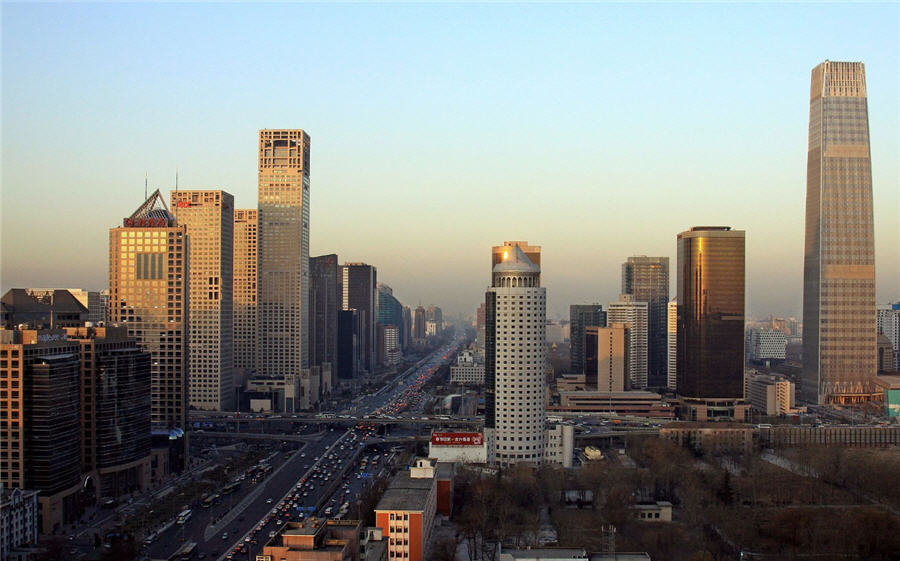
LAUNCESTON, Oct 22 – With China’s anti-pollution restrictions starting to take effect, one of the conventional market wisdoms is that this will boost demand for high-grade iron ore.
The logic is sound: If steel mills are restricted as to how much they can pollute, they will use the best possible quality iron ore in order to maximise the amount of steel produced relative to the energy consumed.
This means that ore with an iron content of 62 percent or higher should command a greater period during the winter restriction period than those poorer quality grades, such as 58 percent ore.
There is high likelihood that steel mills will seek to use higher-grade iron ore in order to produce the most amount of steel from whatever capacity they are allowed to use.
It’s still not absolutely certain how much iron ore capacity will be idled, or forced to run at lower production rates, over the winter period as part of efforts to limit air pollution from burning coal.
This time around, Beijing has allowed local authorities to set their own anti-smog measures, changing from last winter’s policy of imposing blanket cuts on certain steel-producing regions.
This had made it more difficult to work out precisely how much steel capacity may be cut and how many tonnes of production may be lost.
Some steel-making areas, such as top producer Tangshan, appeared to have imposed less stringent measures, but have made them last for longer, this time to the end of March 2019 as opposed to the middle of March in this year’s curbs.
Analysts at Barclays Bank said in a research note on Oct. 19 that the longer period will outweigh the more lenient capacity reductions, resulting in the loss of 19 million tonnes this winter from Tangshan compared to 11 million tonnes the previous winter.
The output restrictions will also apply to more steel-making regions than last year, raising the possibility that steel output will decline over the winter period.
This didn’t happen last winter, as mills in areas not subject to restrictions were able to increase output by more than the volume lost by plants subject to pollution controls.
This should boost demand for higher-quality iron ore, although this dynamic has yet to show up in pricing.
Iron ore for China delivery with a 65-percent iron content MT-IO-QIN65=ARG, as assessed by Argus Media, ended last week at $97.15 a tonne, while 62-percent ore MT-IO-QIN62=ARG was $73.60 and low-grade 58-percent MT-IO-QIN58=ARG was $60.28.
This put the 65-percent ore at a premium of 32 percent to 62-percent, and at a premium of 61 percent to the 58-percent grade.
That may seem like quite substantial, but it’s not far off the 33.5 percent commanded by the 65-percent ire over the 62-percent at the end of October last year, and the 76.8 percent premium over 58-percent.
Interestingly, last winter the premium didn’t actually widen over the season – it narrowed, with 65-percent ore ending February just 21.4 percent above 62-percent grade ore and 50 percent higher than 58-percent ore.
That would seem to fly in the face of the market view that winter should lead to stronger demand for higher-grade ore, given that the last year the poorer quality grades actually closed the gap on the top-quality ore.
However, the explanation is likely that steel mills outside the pollution control areas took advantage of the wide discount for low-grade ore at the start of winter and bought cargoes of the cheaper supplies.
This winter the dynamics may end being slightly different, given the likely wider application of anti-pollution measures.
Certainly, there is some evidence to suggest that higher-grades ores, such as those supplied by Brazil’s Vale, are seeing increasing demand.
Vessel-tracking and port data compiled by Refinitiv suggests that China may import as much as 26.2 million tonnes from Brazil this month. That would be the strongest monthly result since the data series began in 2015.
While this data is subject to revision, due to the timing of vessels arriving and discharging their cargoes, it still points to strong Chinese demand for higher-grade iron ore.
(By Clyde Russell)